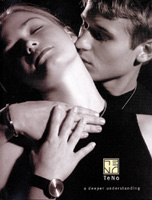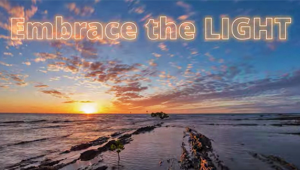Digital And The Pro
Photography
is a wide-ranging field that engenders passion in its practitioners,
and like all great forms of expression creates opinions formed through
experience and reflection. In its early days one of the great debates
was: Is Photography Art? This was the subject of many essays and heated
discussions among players and spectators. Today, issues such as film
vs. digital, format choices, the validity of computer generated images,
photography as exploitation or revealer, and even the merits of ink
jet vs. silver prints cause similar debate. We are opening this department
up to readers, manufacturers, and retailers--in short, everyone
who lives and breathes photography and who has an opinion about anything
affecting imaging today.
Here's how to get involved: write us an e-mail at editorial@shutterbug.net or send us a letter with a proposed topic and a synopsis of your idea. Once approved, we'll ask you to send us about 500-1000 words on the subject chosen. The idea here is not to push any product or wave any flag, but to create discussion about photo and imaging topics of the day. We reserve the right to edit whatever you send in, although we will never edit intention or opinion but only for length and, hopefully, for clarity. We reserve the right to publish your work on our web site as well, so you can join the archives and be a resource for opinion for years to come. So, get thinking and writing and share your Point of View. --George Schaub |
|||
The bulk of my investment over the past five years has been in expensive cameras. While the digital debate rages on the Internet over which digital camera platform can truly replace 35mm negative film, I'm only shopping for cameras designed to meet or exceed the quality of medium format, 4x5, and even 8x10 film. Why? Because my Mamiya RZ, Hasselblad, and Cambo 4x5 systems have been my bread and butter. Clients looking to fill full pages of magazines with brilliant ads need incredible definition, perfect color, and unnervingly sharp images. When It All Began |
|||
Sticker Shock Figuring Out ROI |
|||
First mistake: Given the
state of the art in 1995 and even in 2003, digital can't replace
film completely for a pro commercial photographer. The DCB was a three-shot
camera--one pop for red, one for blue, and one for green. What
that meant was no moving subjects. I shoot a lot of people for advertising
projects, so the camera would be of limited use. Add to that the tethered,
studio-only aspect and you had an expensive package, with limited usage. Along Came Lumina |
|||
The Business Plan The Fit |
|||
The Big Picture |
|||
Shout It From The Rooftops You Need A Friend Eyes On The Prize Bottom Line |








































